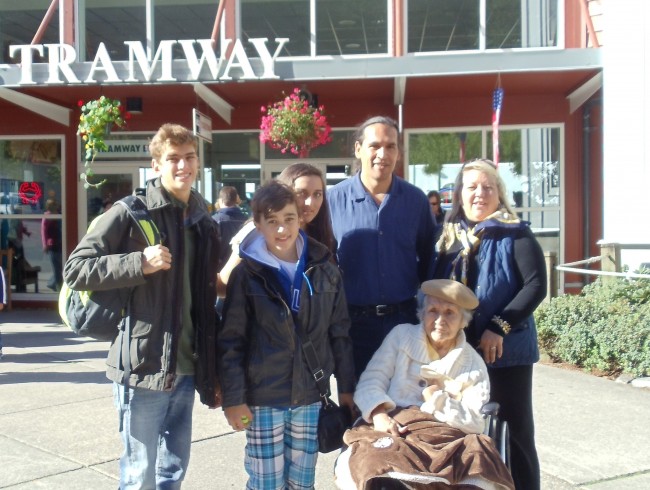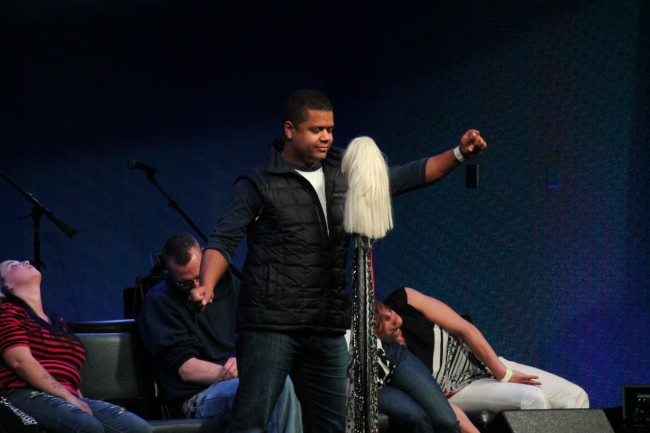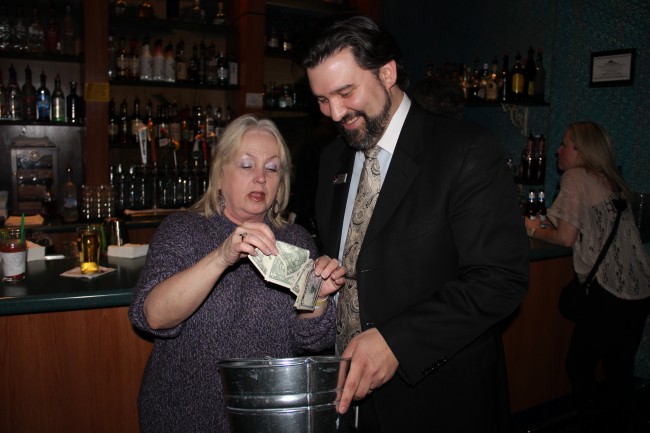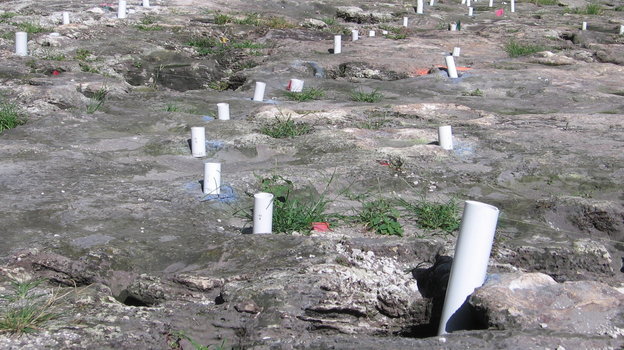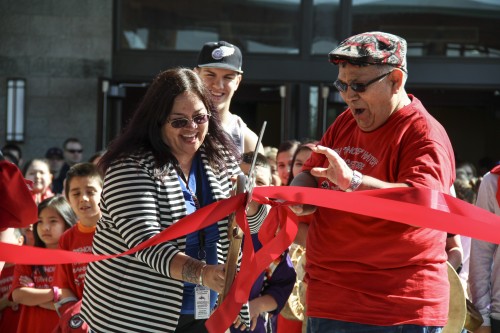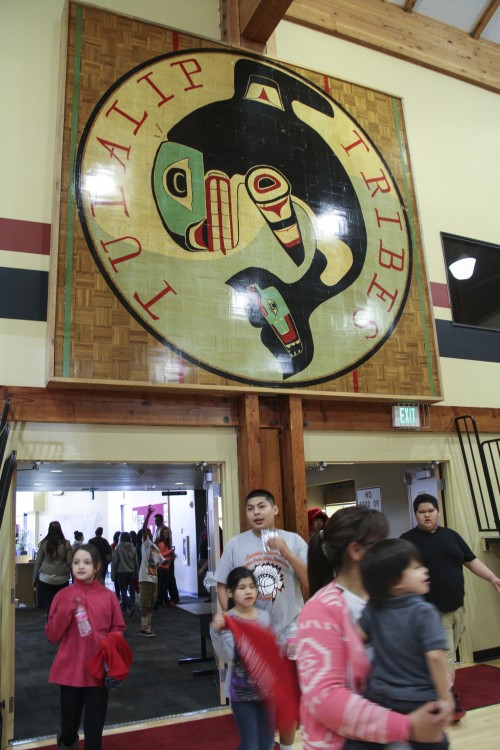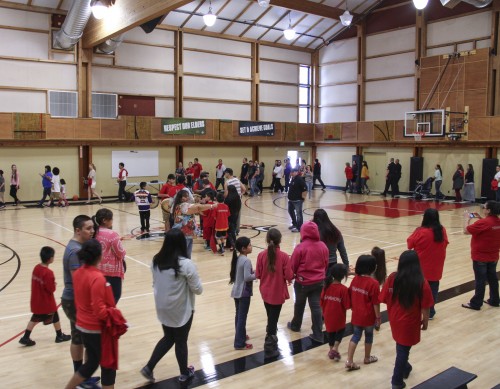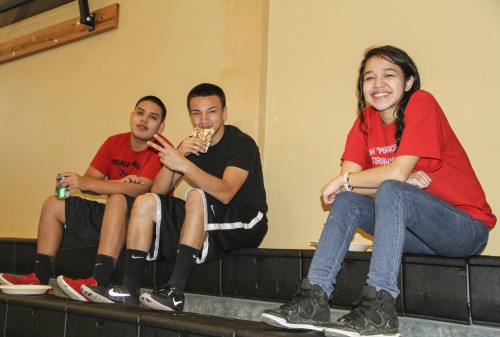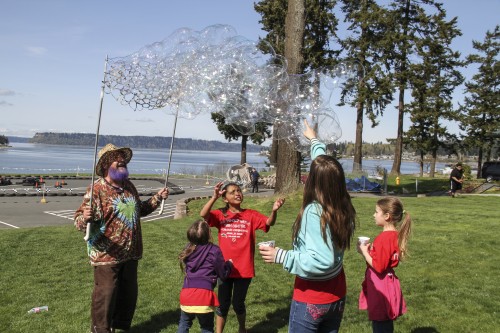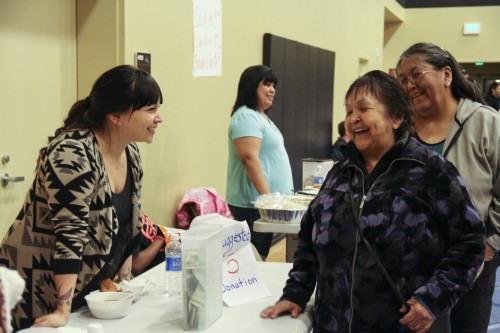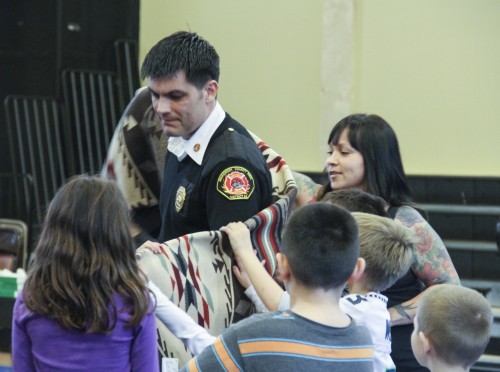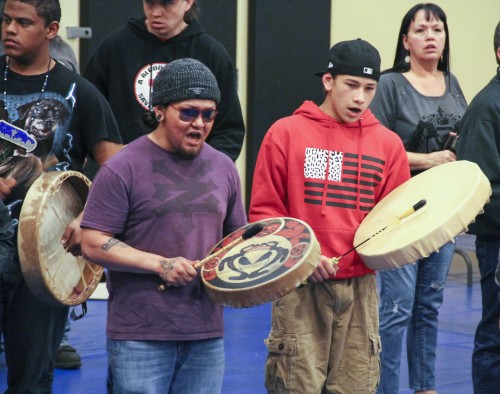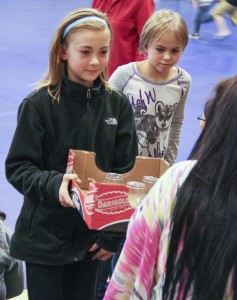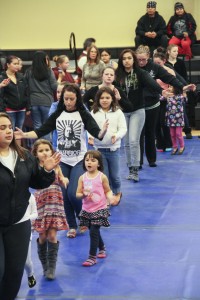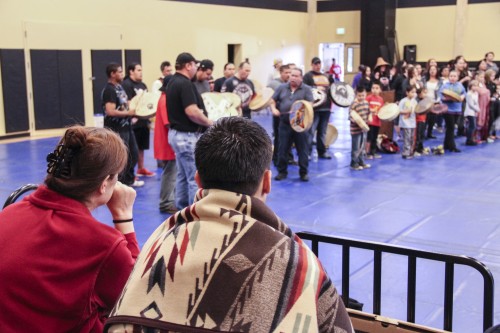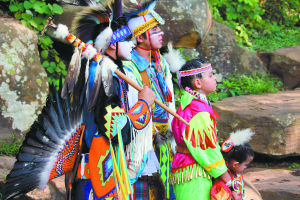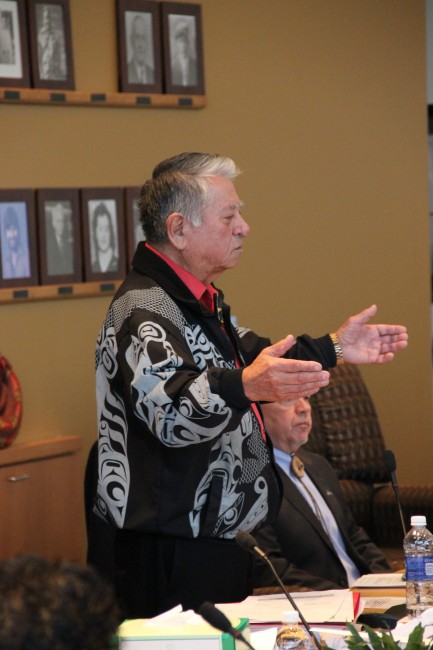
By Andrew Gobin, Tulalip News
The Tulalip Tribal Council swore in three members on Saturday, April 5 at the Tulalip Administration board room, welcoming newly elected Les Parks and Herman Williams Sr., and returning Councilman Glen Gobin. Parks and Williams have both served on the council in prior years, which may have contributed to their winning of two seats, and the appointment of Williams as Chair and the election of Parks as Vice Chair. Glen Gobin was elected as Treasurer.
Chairman Williams spoke directly, so not to waste time, mapping out his plans for changing the direction of the Tulalip Tribes, urging for tradition and culture to be the foundation of our community, once more.
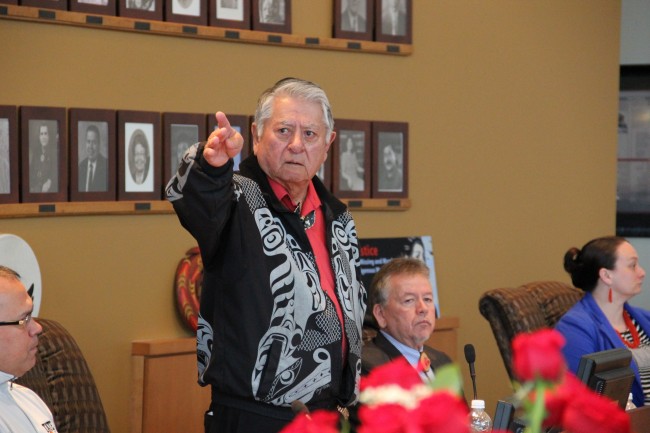
He said, “If we continue as we are, neglecting our culture and traditional ways, the man from Washington D.C. will come here and there will be no Tulalips. Without culture, Tulalip is gone.”
Williams spoke briefly about returning to the old ways of leadership, mentioning the influence of past leaders over his life and leadership.
“All these ones here behind me,” he said, motioning to the photos of all the past councilmembers, “I walked with them all in my lifetime. I may be the only one [on the council] who has had that privilege.”
The Tulalip people are a big concern as well for the new Chairman. He briefly mentioned the social dysfunction a substance abuse that plagues the Tulalip people today.
“We have our people, and we have our strength. But we have to walk together, once more. We have a lot of children born into this life of ours that have been caught in this web of drugs and alcohol. I’m gonna get this community together to take care of that. You women, you are the givers of life. But I understand that some of you are bringing children into this world that are going to have a tough time. I can’t allow that any longer. We will have to march down that road together if we want to heal,” he said.
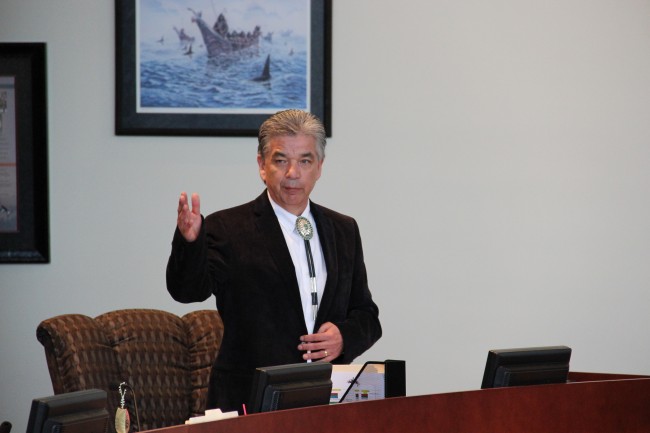
Les Parks, elected Vice Chair for the Tulalip Tribal Council, spoke, thanking the people for their support. He praised Chairman Williams for his leadership and experience, stating how honored he was to serve with him, and the rest of the council.
Glen Gobin, elected Treasurer, echoed Parks’ sentiments, honoring Williams for his past leadership and his status as the elder councilman. Gobin, who was re-elected for a fourth consecutive term, welcomed Williams and Parks back to the council after years of absence.
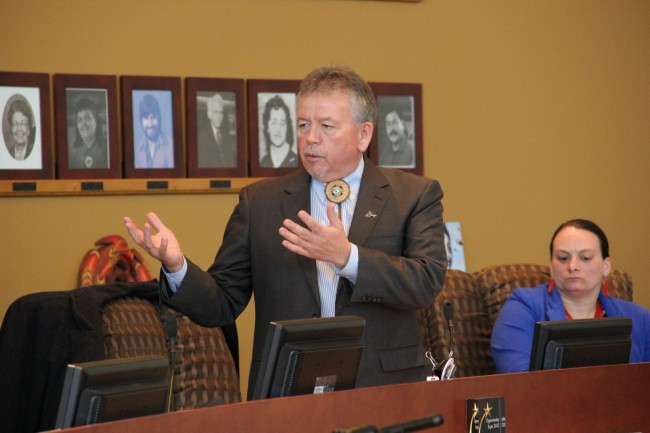
Andrew Gobin is a reporter with the See-Yaht-Sub, a publication of the Tulalip Tribes Communications Department.
Email: agobin@tulaliptribes-nsn.gov
Phone: (360) 716.4188


